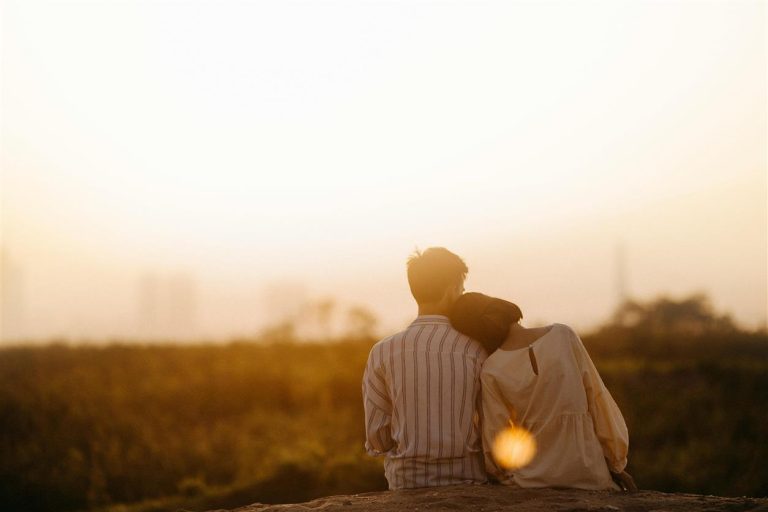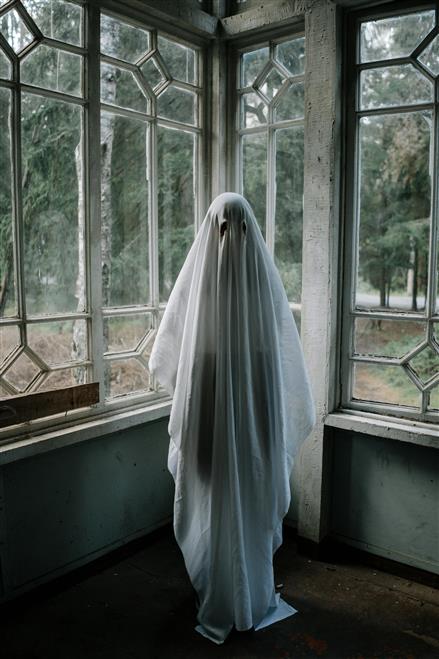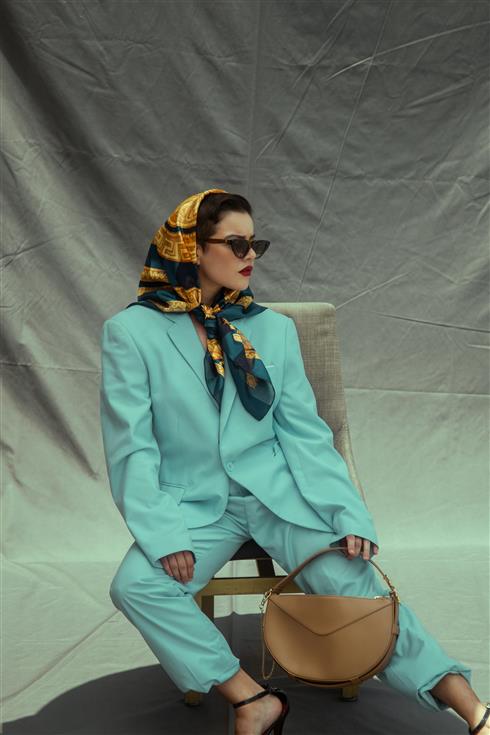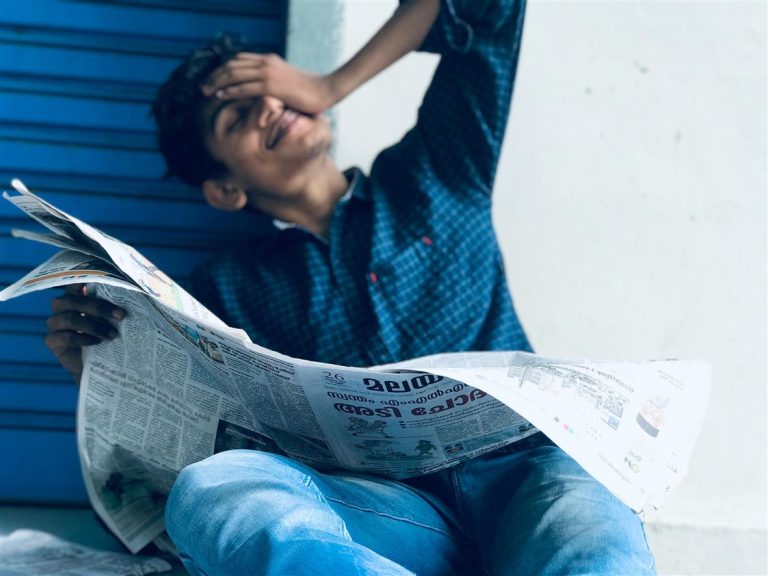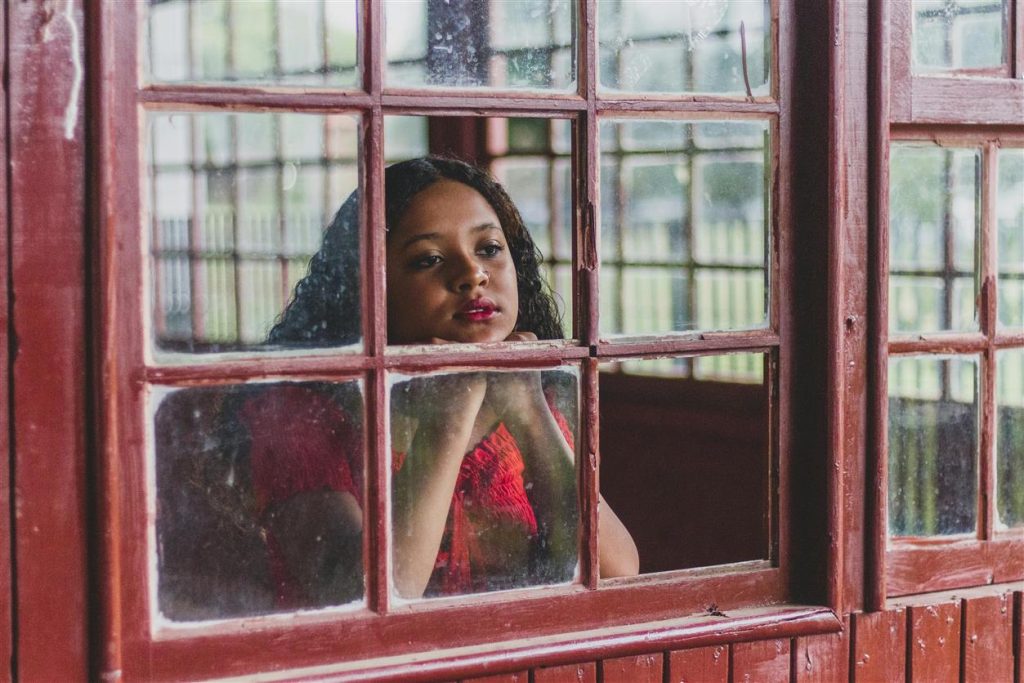
Walk into a café in London, a co-working space in New York, or a boutique hotel in Seoul, and you may feel an odd sense of déjà vu. Blonde wood tables. White subway tiles. A fiddle-leaf fig in the corner. A shelf with three color-coordinated books and a ceramic mug placed just so. You could be anywhere—and that’s the point. Somewhere along the way, global taste converged into a near-universal aesthetic: minimalist, muted, endlessly Instagrammable. But the question is starting to surface: if everything looks good, why does it all feel so hollow?
We are living in an age of aesthetic sameness. It’s not just in interiors. Fashion, branding, digital interfaces, even the colors of wellness products—everything increasingly conforms to a certain visual grammar. Clean, curated, safe. But beneath the polish is a growing fatigue. A sense that beauty, when too uniform, becomes background noise. This is the phenomenon of aesthetic exhaustion.
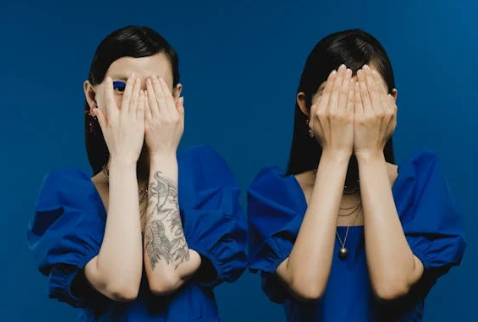
From Individual Expression to Algorithm-Approved Design
Much of today’s dominant visual culture has roots in good intentions. The rise of design blogs, Pinterest boards, and open-source inspiration made design more accessible. People could share ideas, learn styles, and take part in shaping the visual world around them. But as social media gained power—particularly platforms like Instagram and TikTok—trends spread faster and farther. The algorithm didn’t just reward creativity; it started shaping it.
A certain kind of visual began to win: bright but soft, tidy but “lived-in,” modern but warm. Think millennial pink, neutral palettes, hand-lettered quotes, terrazzo everything. These looks aren’t inherently bad—many are beautiful. But they’ve been replicated to the point of losing their impact. What once felt aspirational now feels obligatory. Individual taste is filtered through templates, and the result is sameness masquerading as style.
The Airbnb Effect and Global Homogenization
Nowhere is aesthetic convergence more visible than in short-term rentals. Scroll Airbnb and you’ll find apartments across the world that look eerily alike. These spaces aren’t designed for the people who live in them—they’re curated for strangers and optimized for photos. The goal isn’t comfort. It’s mass appeal.
This phenomenon isn’t limited to Airbnbs. Retail stores, hotel lobbies, even dentist offices have adopted similar palettes and Pinterest-inspired decor. A few years ago, interior designer Kyle Chayka coined the term “AirSpace” to describe this global aesthetic flattening. “Every coffee shop looks like every other coffee shop,” he wrote. “You feel at home everywhere and nowhere.”
In seeking to create universally appealing spaces, we’ve begun erasing the very elements that give spaces character: clutter, quirks, and a sense of place.
Aesthetic as Social Capital
Part of what fuels this visual conformity is the subtle pressure to participate in a culture where taste has become a proxy for value. To have a certain kind of home or style isn’t just about personal enjoyment—it’s a form of branding. Our aesthetic choices now double as social signals. Posting a well-styled photo of your breakfast or bookshelf isn’t just documentation; it’s a quiet way of saying, “I get it. I belong.”
In that sense, aesthetic sameness is also about safety. Choosing popular styles means choosing to be legible. To deviate is to risk being misunderstood, or worse—unseen. In a world where visual appeal is currency, not fitting the mold can feel costly.
But at some point, this pressure to perform beauty wears thin. When everything looks curated, nothing feels personal. When every corner is Instagrammable, no corner feels lived-in.
The Creative Cost of Conformity
Aesthetic exhaustion isn’t just a cultural critique—it has creative consequences. Designers, artists, and makers increasingly report a sense of burnout tied not to work volume, but to sameness. It becomes harder to generate new ideas when the visual environment is saturated with repetition. It’s hard to be bold when boldness doesn’t algorithmically perform.
Even consumers, once enchanted by sleek, minimal design, are beginning to feel the fatigue. There’s a creeping sense that everything is too designed. That life itself is becoming a showroom—impeccable, but devoid of soul.
This may be why certain counter-movements are gaining traction. “Cluttercore” embraces maximalism and mess. “Ugly design” celebrates function over form. Even the return of dated trends like ’90s grunge or 2000s kitsch suggests a yearning for texture, imperfection, and nostalgia—anything that feels real, or at least different.

What Comes After the Beige Era?
We may be reaching the end of an aesthetic cycle. Like any dominant trend, the current visual culture will eventually give way to its opposite. Already, some brands and creators are turning away from minimalism in favor of playfulness, risk, and idiosyncrasy.
But perhaps the more important shift will be internal: a rethinking of why we value what we value. Aesthetic doesn’t have to be spectacle. It can be a quiet form of self-expression, an act of care, or even resistance. A mismatched chair, a bold wall color, a crooked painting—these are not aesthetic failures. They are signs of life.
We might ask ourselves: does this look good, or does it look like everything else? Does it reflect who I am, or just what’s trending? Is this space designed for comfort, or for cameras?
Final Thoughts
Aesthetic exhaustion doesn’t mean people are tired of beauty. It means they’re tired of beauty that feels interchangeable. In a world of curated sameness, the rarest and most valuable trait might be honesty—not polish.
The future of design may not be driven by trends at all, but by a return to individuality. To spaces that reflect real lives, not idealized feeds. To homes that hold memories, not just mood boards.
Because when everything looks the same, what we crave most is difference.
